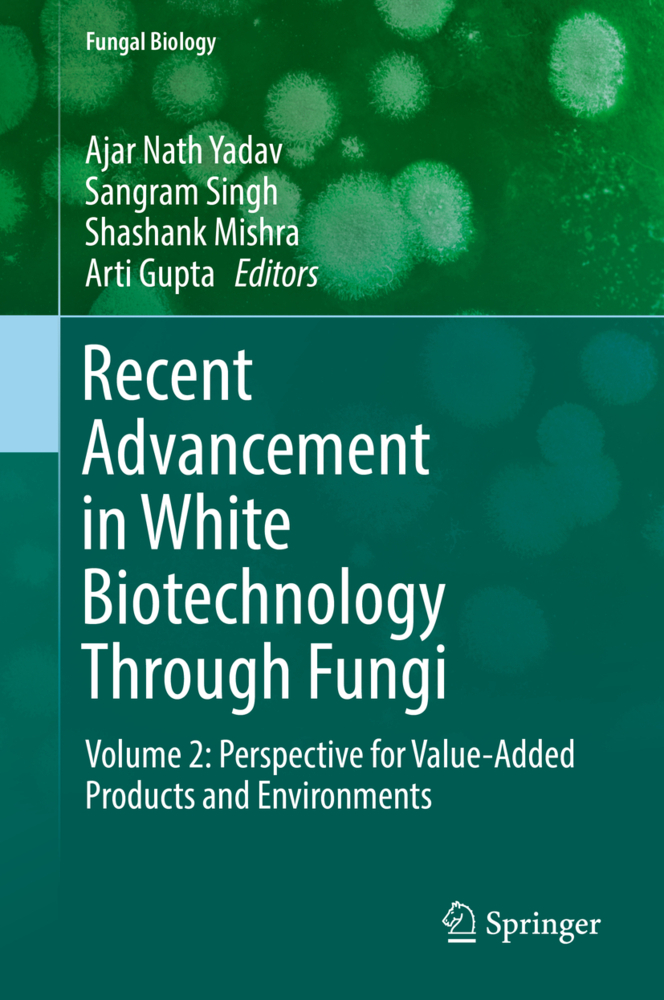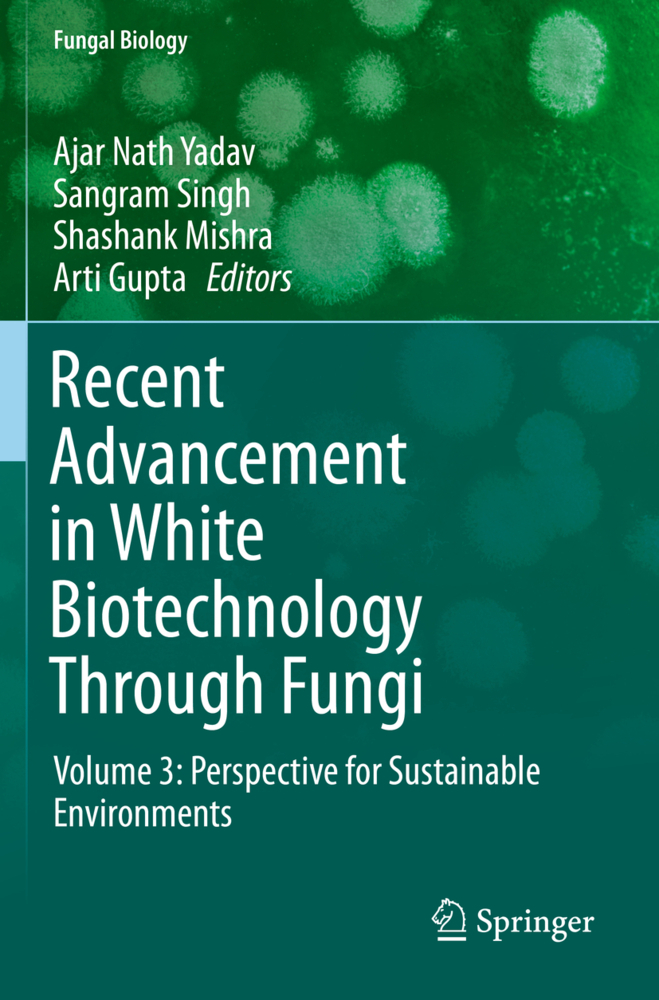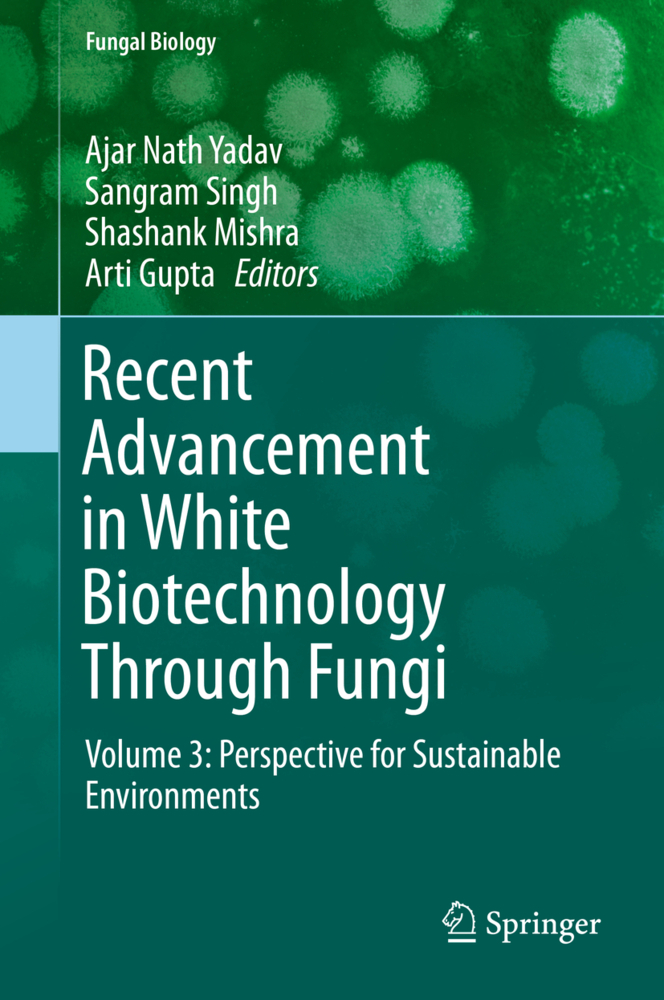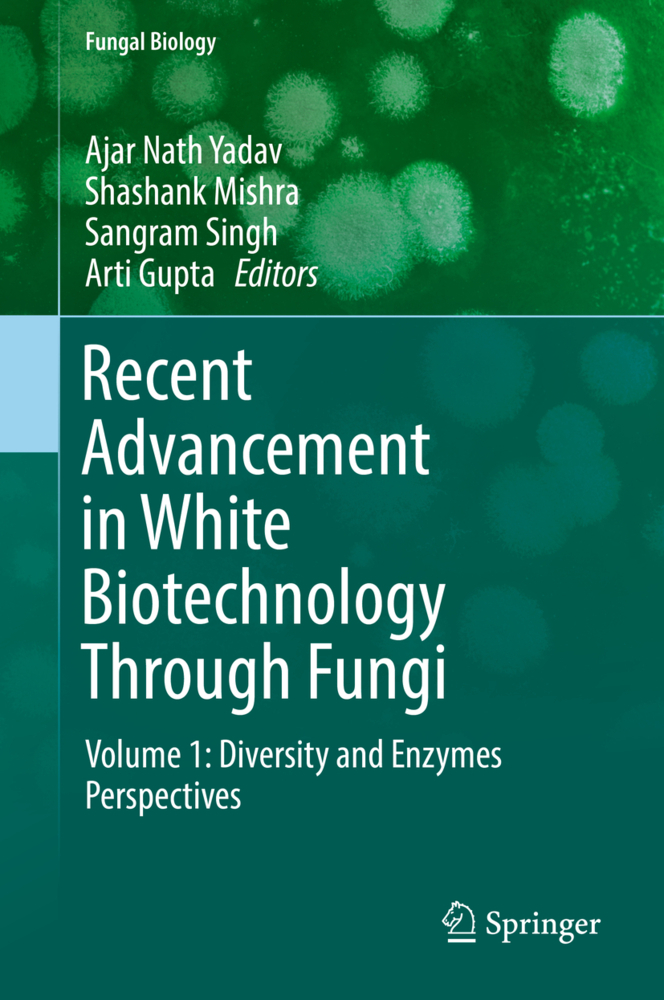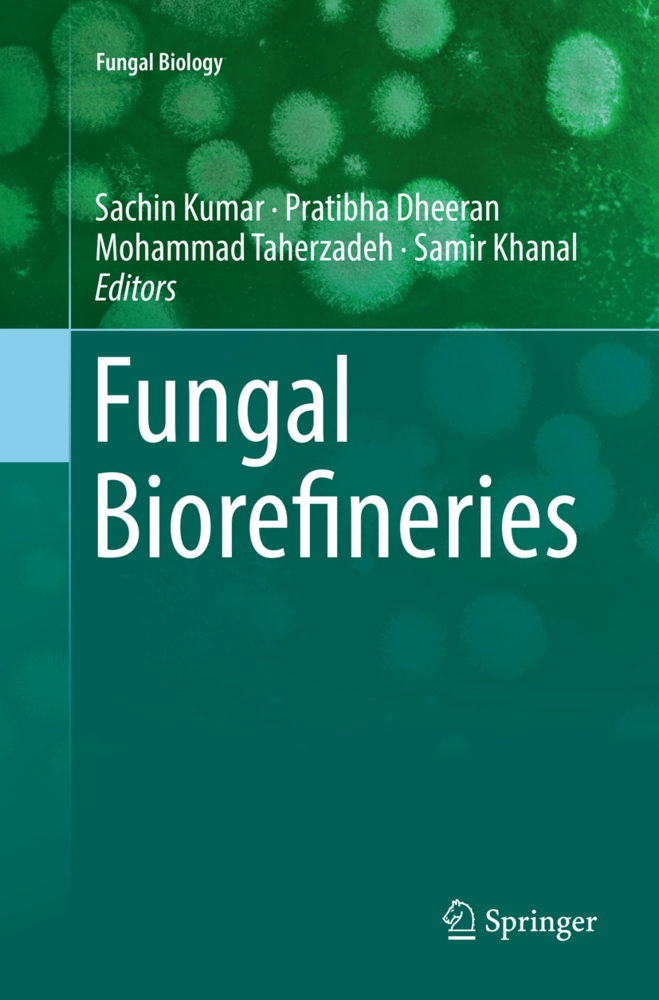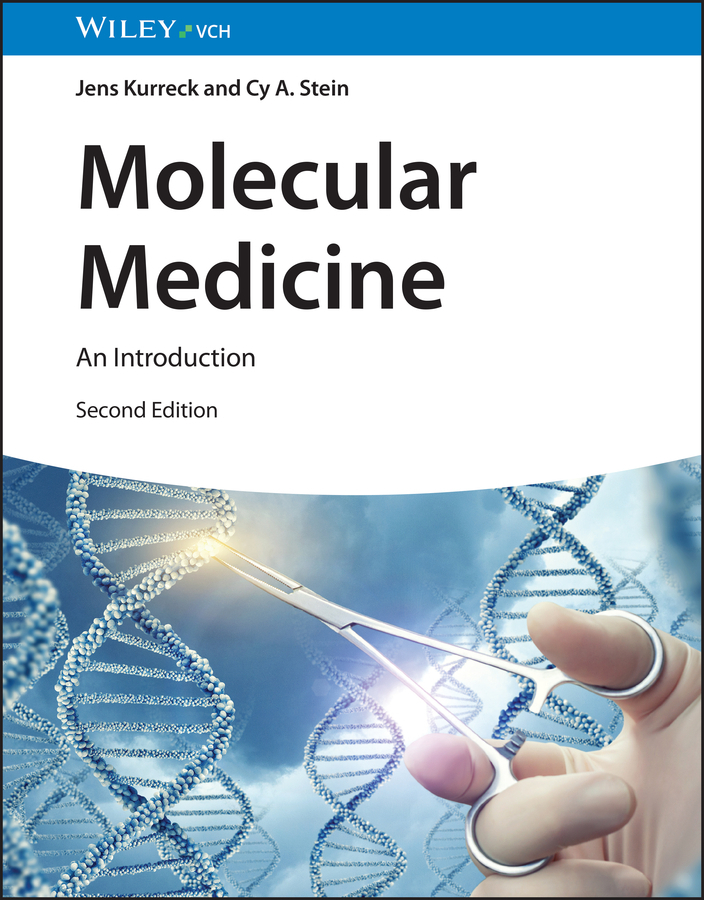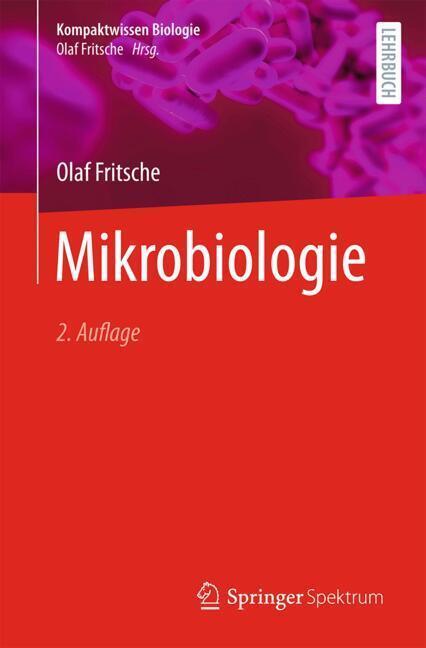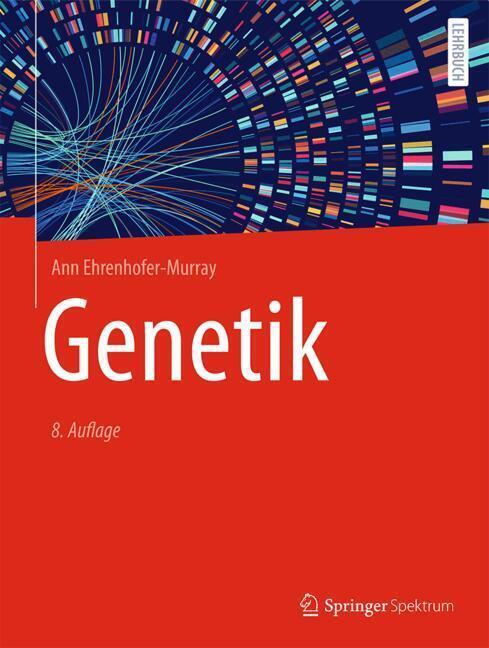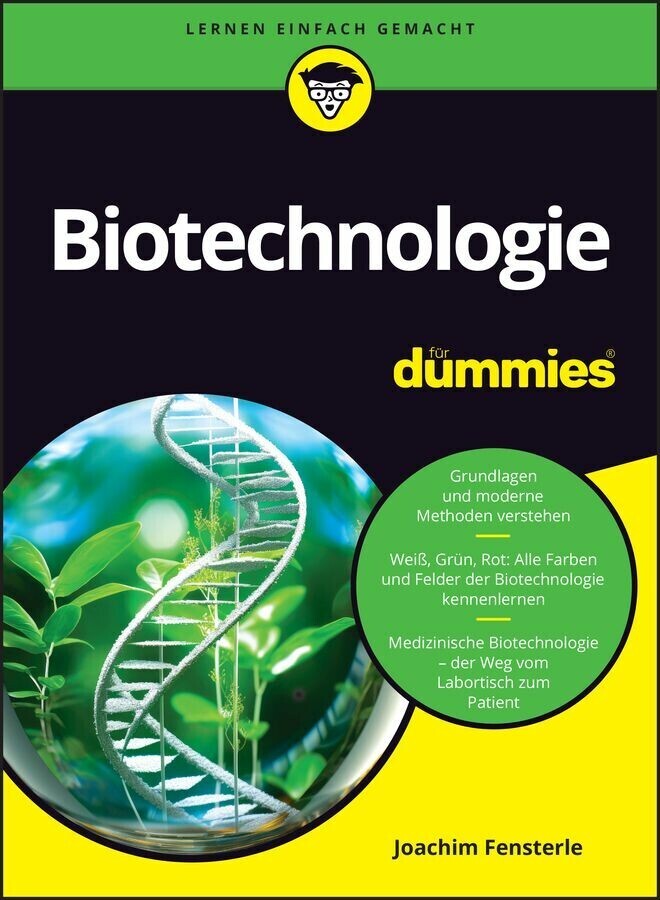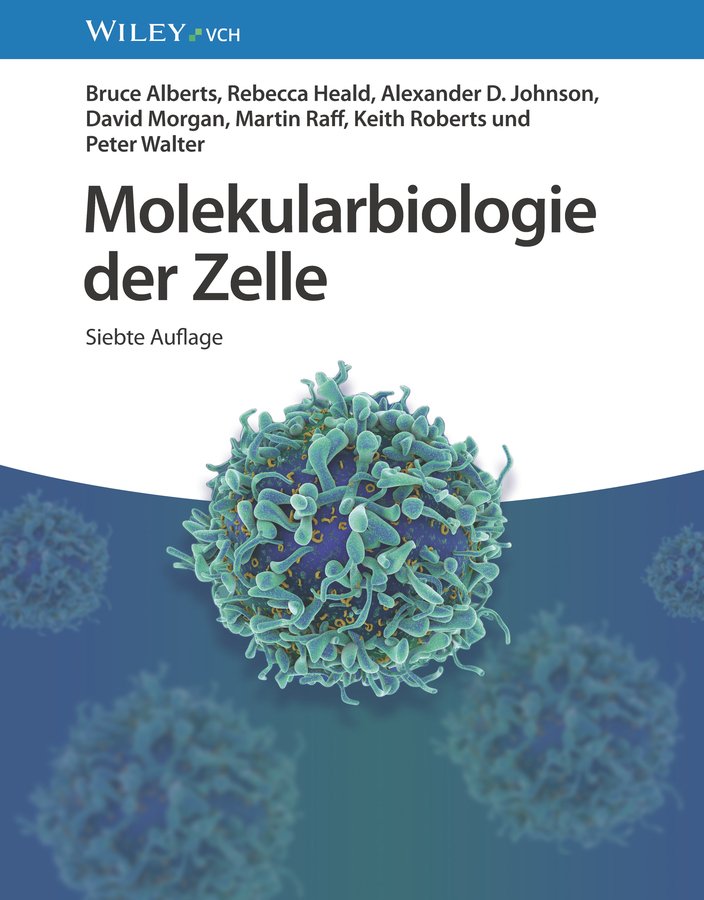Recent Advancement in White Biotechnology Through Fungi
White biotechnology is industrial biotechnology dealing with various biotech products through applications of microbes. The main application of white biotechnology is commercial production of various useful organic substances, such as acetic acid, citric acid, acetone, glycerine, etc., and antibiotics like penicillin, streptomycin, mitomycin, etc., and value added product through the use of microorganisms especially fungi and bacteria. The value-added products included bioactive compounds, secondary metabolites, pigments and industrially important enzymes for potential applications in agriculture, pharmaceuticals, medicine and allied sectors for human welfare. In the 21st century, techniques were developed to harness fungi to protect human health (through antibiotics, antimicrobial, immunosuppressive agents, value-added products etc.), which led to industrial scale production of enzymes, alkaloids, detergents, acids, biosurfactants. The first large-scale industrial applications of modern biotechnology have been made in the areas of food and animal feed production (agricultural/green biotechnology) and pharmaceuticals (medical/red biotechnology). In contrast, the production of bio-active compounds through fermentation or enzymatic conversion is known industrial or white biotechnology. The beneficial fungal strains may play important role in agriculture, industry and the medical sectors. The beneficial fungi play a significance role in plant growth promotion, and soil fertility using both, direct (solubilization of phosphorus, potassium and zinc; production of indole acetic acid, gibberellic acid, cytokinin and siderophores) and indirect (production of hydrolytic enzymes, siderophores, ammonia, hydrogen cyanides and antibiotics) mechanisms of plant growth promotion for sustainable agriculture. The fungal strains and their products (enzymes, bio-active compounds and secondary metabolites) are very useful for industry. The discovery of antibiotics is a milestone in the development of white biotechnology. Since then, white biotechnology has steadily developed and now plays a key role in several industrial sectors, providing both high valued nutraceuticals and pharmaceutical products. The fungal strains and bio-active compounds also play important role in the environmental cleaning. This volume covers the latest research developments related to value-added products in white biotechnology through fungi.
Foreword
Preface
Agriculturally and Industrially Important Fungi: Current Developments and Potential Biotechnological Applications
Fungal Phytases: Biotechnological Applications in Food and Feed Industries
Fungal Probiotics: Opportunity, Challenge and Prospects
Fungal White Biotechnology Applications for Food Security: Opportunities and Challenges
Volatile Organic Compounds from Endophytic Fungi
Natural Value-Added Compounds form Fungal Communities
Natural Product Synthesis by Fungi: Recent Trends and Future Prospect
Fungal Derived Natural Product: Synthesis, Function, and Applications
Fungal Community for Novel Secondary Metabolites
Industrially Important Pigments from Different Groups of Fungi
Bioactive Compounds of Endophytic Fungi associated with Medicinal Plants
Extracellular Carbohydrate-Active Enzymes of Trichoderma and their Role in the Bioconversion of Nonedible Biomass to Biofuel
Fungal Biofuels: Innovative Approaches
Lignocellulosic biomass to fungal Single Cell Oils: A radical bioconversion towards establishing a prospective resource
Recent Advancement and the Way Forward for Cordyceps
Synthetic Biology: A Novel Approach for Pharmaceutically Important Compounds
Index
Yadav, Ajar Nath
Singh, Sangram
Mishra, Shashank
Gupta, Arti
| ISBN | 978-3-030-14845-4 |
|---|---|
| Artikelnummer | 9783030148454 |
| Medientyp | Buch |
| Copyrightjahr | 2019 |
| Verlag | Springer, Berlin |
| Umfang | 504 Seiten |
| Abbildungen | XXII, 504 p. 132 illus., 36 illus. in color. |
| Sprache | Englisch |

